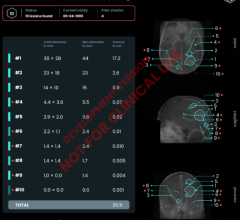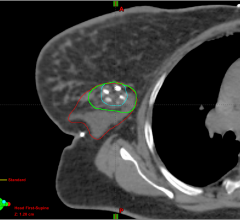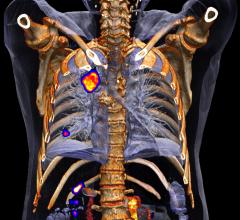July 25, 2007 – Varian Medical Systems recently displayed its I-Response software created by Cedara, that shows how tumors are responding to treatment at the biological level, reportedly before changes in tumor shape or size become visible, at the American Association of Physicists in Medicine (AAPM) annual meeting, July 22-26, in Minneapolis, MN.
The I-Response tool tracks changes in tumor tissue at the cellular and metabolic levels over time using sophisticated PET/CT analysis and a unique MR technique called functional diffusion mapping (fDM). This provides the potential for clinicians to monitor the impact of anti-cancer drugs and radiation therapy early in the course of treatment, so they can adapt their treatment strategies and personalize treatment plans.
For more information: www.varian.com


 September 04, 2025
September 04, 2025 








